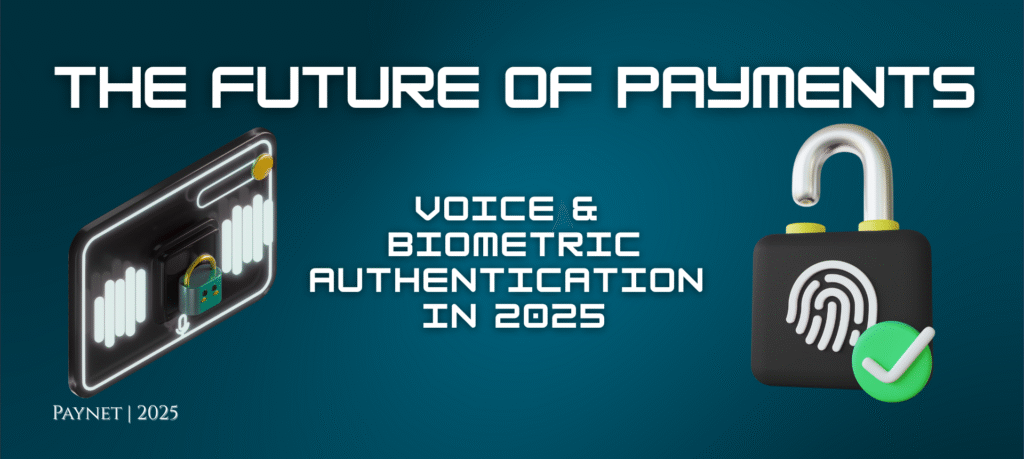User Behavior in Digital Wallet Usage: Insights That Are Shaping the Future of Digital Payments – [Cloned #1447]
Home UPI Growth and Adoption Insights: How India’s Favorite Payment System Is Shaping the Future of Finance Explore UPI growth...

Will voice commands and facial recognition replace passwords? Explore the rise of voice-activated and biometric payments in digital commerce.
By 2025, 30% of digital transactions are expected to use voice or biometric authentication, as consumers and businesses seek faster, more secure, and frictionless payment experiences. From Amazon’s Alexa paying for groceries to iPhone’s Face ID authorizing bank transfers, these technologies are reshaping digital commerce.
But are they truly the next big thing, or just a niche innovation? This guide explores:
✅ How voice and biometric payments work
✅ Current adoption trends
✅ Security benefits vs. risks
✅ What businesses need to prepare for
How It Works:
User speaks a command (“Hey Google, send ₹500 to Rohan”).
Voice AI authenticates via vocal patterns (or linked biometrics).
Payment processes via linked UPI/bank account/card.
Current Adoption (2025):
Smart Speakers: Amazon Alexa, Google Assistant (~15% of US users pay via voice).
In-Car Payments: Mercedes, Tesla enable fuel/charging payments via voice.
Banking Apps: HDFC, Chase allow voice-initiated transfers.
Pros & Challenges :
|
PRO's
|
Challenges
|
|---|---|
|
Hands-free convenience
|
Privacy concerns (always-listening devices)
|
|
Faster than typing
|
Limited to small-value transactions (security)
|
|
Accessibility boost
|
Accents/background noise can disrupt accuracy
|
Technologies in Use:
|
Method
|
Example
|
Accuracy
|
|---|---|---|
|
Facial Recognition
|
Apple Pay Face ID
|
1 in 1M false accept rate
|
|
Fingerprint Scans
|
Samsung Pay
|
1 in 50K
|
|
Vein Pattern Auth
|
Fujitsu PalmSecure
|
1 in 10M
|
|
Heartbeat ID
|
Nymi Band (ECG-based)
|
Emerging
|
Mobile Wallets (Apple Pay, Google Wallet)
ATM Withdrawals (ICICI Bank’s face-authenticated ATMs)
POS Terminals (Mastercard’s Biometric Checkout Program)
A. Speed & Convenience
Voice: 5 seconds faster than manual entry.
Biometrics: 1-tap auth vs. OTPs/PINs.
B. Enhanced Security
Voiceprints are harder to spoof than passwords.
Liveness detection blocks photo/recording hacks.
C. Regulatory Push
RBI’s mandate for Strong Customer Authentication (SCA) favors biometrics.
GDPR/CCPA treat voice data as PII, forcing secure handling.
🚫 Privacy Concerns
“Always-on” mics raise eavesdropping fears.
Biometric data breaches are irreversible (unlike passwords).
🚫 Technical Limitations
Background noise disrupts voice payments.
Cross-platform fragmentation (Apple vs. Android biometric APIs).
🚫 Consumer Trust Gaps
42% of users don’t trust voice payments (PYMNTS 2024 survey).
For Voice Payments:
API integrations with Alexa/Google Actions.
Natural Language Processing (NLP) for command parsing.
For Biometric Payments:
FIDO2/WebAuthn support (passwordless logins).
3D liveness checks (anti-spoofing for face auth).
Leading Gateways:
Stripe (biometric SCA for EU PSD2).
Paynet VoicePay (UPI voice commands).
🔮 Voice Commerce
“Reserve & pay via voice” at restaurants/hotels.
🔮 Emotion-Payments
Voice tone analysis detects stress/fraud.
🔮 Multi-Modal Biometrics
Face + vein + heartbeat for ultra-secure auth.
🔮 Decentralized Biometrics
Blockchain-stored hashes (no central DB risks).
For Retailers/E-commerce:
✅ Add “Pay with Voice” option for loyal customers.
✅ Test biometric checkout on mobile apps.
For Payment Gateways:
✔ Support FIDO2 and WebAuthn.
✔ Partner with smart speaker platforms.
Home UPI Growth and Adoption Insights: How India’s Favorite Payment System Is Shaping the Future of Finance Explore UPI growth...
Home User Behavior in Digital Wallet Usage: Insights That Are Shaping the Future of Digital Payments Explore changing user behavior...
Home New Features in UPI and Mobile Wallets 2025: Smarter, Safer & More Seamless Than Ever Explore the latest features...